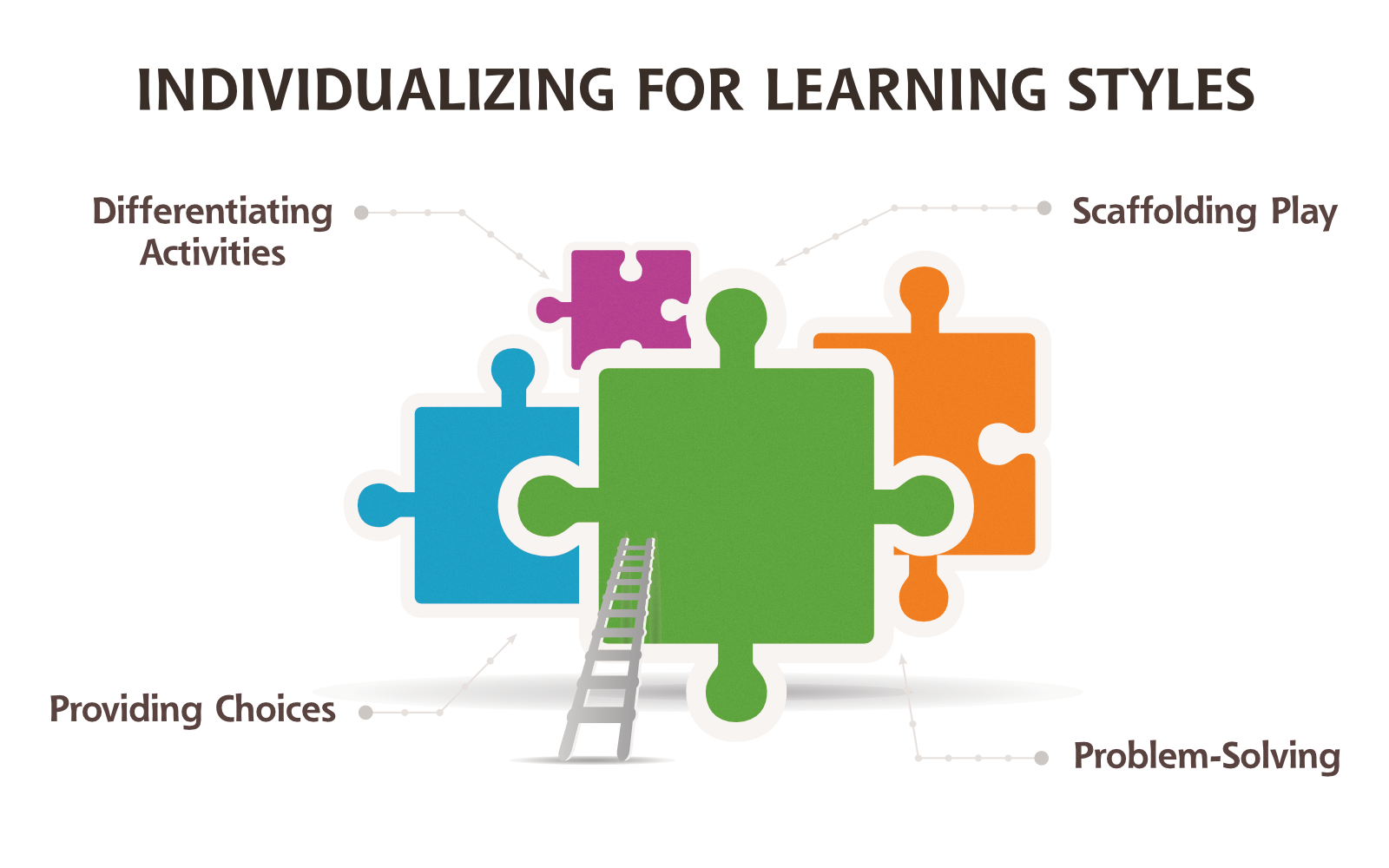02: Positive Guidance of Behavior
Let’s begin with a scenario. Review the following video demonstrating a day in a child care setting:
This might appear to be more of a center-based example. However, if you’re a family care provider, you can apply many of these principles and ideas to your current setting. What strategies could Ms. Penny and Mr. Mark use to help their day flow more smoothly and to encourage independence in the children? Let's explore some of them!
Making Expectations Clear: Building Routines, Schedules, Rules, and Cues for Success
We all crave routines in some form or another. When we follow a familiar schedule, it helps to create consistent routines. Consistent routines create a feeling of predictability and security, for children and adults alike. Ms. Penny knows that consistency in her environment is important, but she is struggling to figure out how to create consistency for her children. Let's explore how building routines, schedules, rules, and cues can help create consistency and clarify expectations for children.
If there appear to be loading issues, check out the interactive through the following links: more on routines, more on visual schedules, more on visual rules, more on cues
Individualizing for Learning Styles
It is extremely important to remember that each child is a unique individual, and with each person’s uniqueness they bring specific strengths and challenges. Our children are not cookie cutter children! Therefore, we need to consider everyone’s strengths and challenges and how these factors will affect their participation and success in each part of their day. Because each child is different, we need to remember to differentiate and individualize the activities and learning opportunities we provide. For example, you can create different visual schedules for different groups of children or even different schedules for the same child as you move through the year.
If there appear to be loading issues, check out the interactive through the following links: more on differentiating activities, more on on scaffolding play, more on providing choices, more on problem-solving



